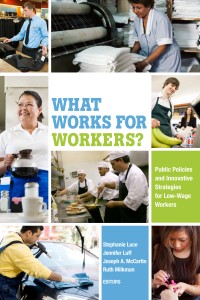
School segregation has been the topic of social science research and public debate for decades. Still, the average person may think than in the post-Civil Rights era, when the law explicitly forbids racial discrimination, school segregation is an issue of the past. In fact, sociologists of education point to changes in demographics, living arrangements, and school funding that have lead to unforeseen issues increases in school segregation. One city in particular, San Francisco, is seeing a resurgence; the number of schools considered “racially isolated,” or over-representative of one race, has climbed there in the last few years.
A recent article in the San Francisco Public Press describes new practices that determine where students get placed and how such mechanisms can undermine diversity. Parents can apply for placement across San Francisco’s public schools, meaning that many students don’t go to school in the area they live. This enrollment fluidity may seem helpful for increasing diversity, but the ability to make informed and effective choices within school system application is nuanced and heavily influenced by who you know, what you know, and what matters to you. Parent choices, especially within particular racial or ethnic groups, can exacerbate school segregation.
The article quotes Prudence Carter, a Stanford sociologist who studies inequality and education and was involved in creating the San Francisco school-choice system (implemented in 2010). Carter uses Asian families as a case in point: “there’s a lot of pride in the Chinese community in having created educational enclaves.” For example, a Chinese family is more likely to send their children to a school with a certain reputation; replicated across a community, it can lead to a school with a disproportionate number of Chinese students. Similarly, disproportionate concentration of students from certain income backgrounds can lead to a racially segregated student body.
If parents want to be part of segregation solution, Carter advises, “You have to think grander, and beyond your own self-interest… So long as we live in an individualistic and self-interested country, we’re going to probably continue to have this problem.” In her view, policy makers will have to adapt legislation to account for the sociology of parent choice when trying to increase diversity in education.








